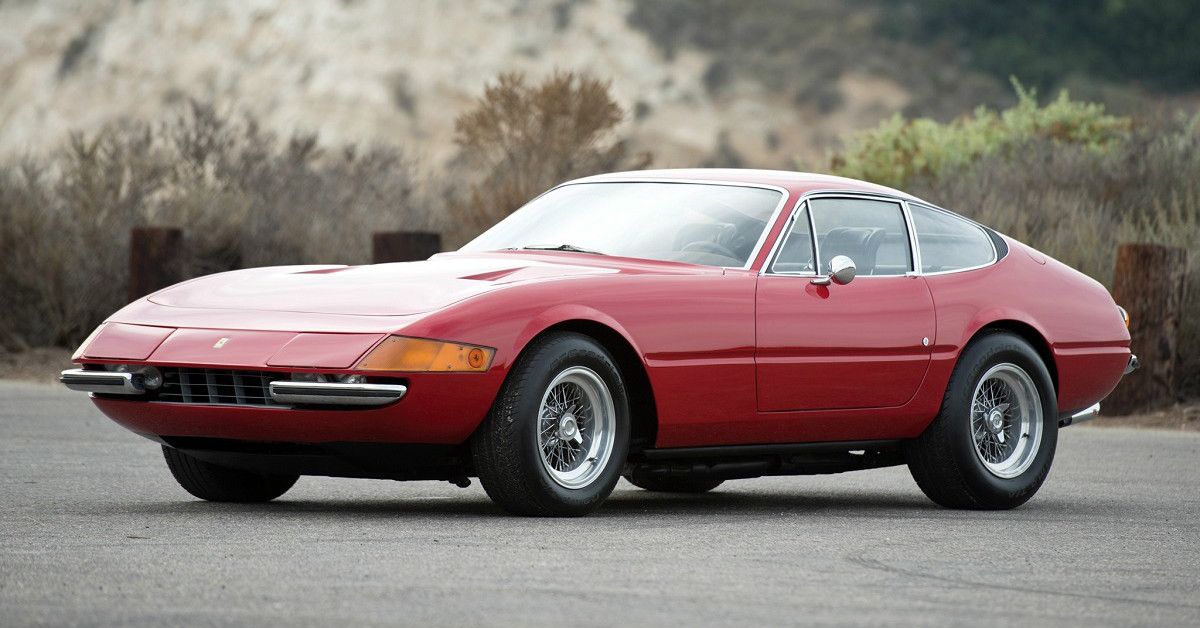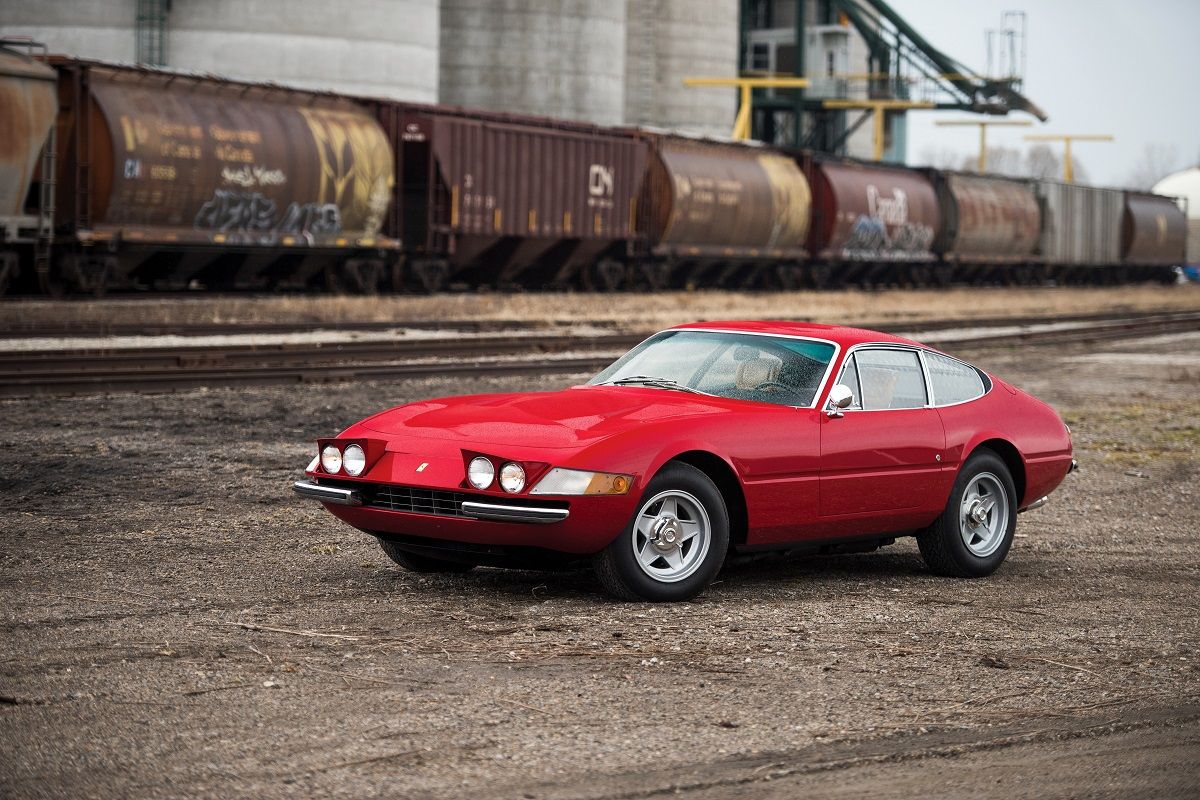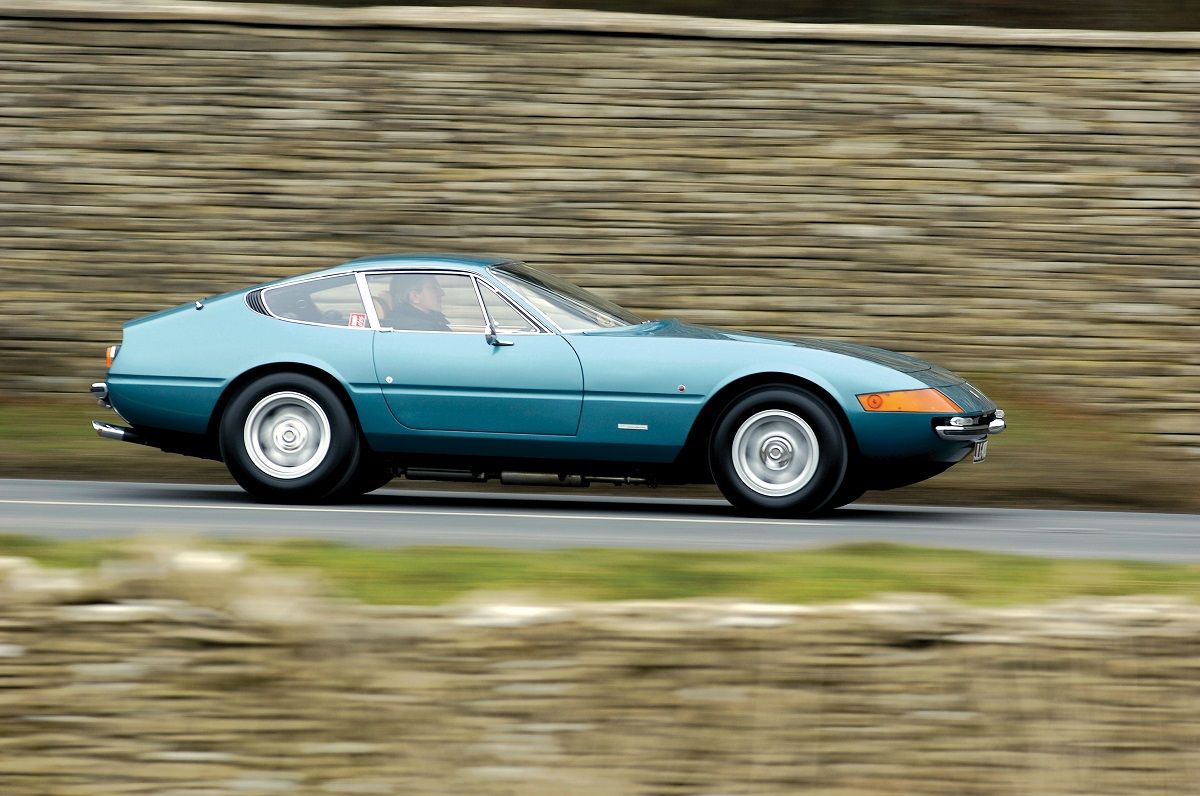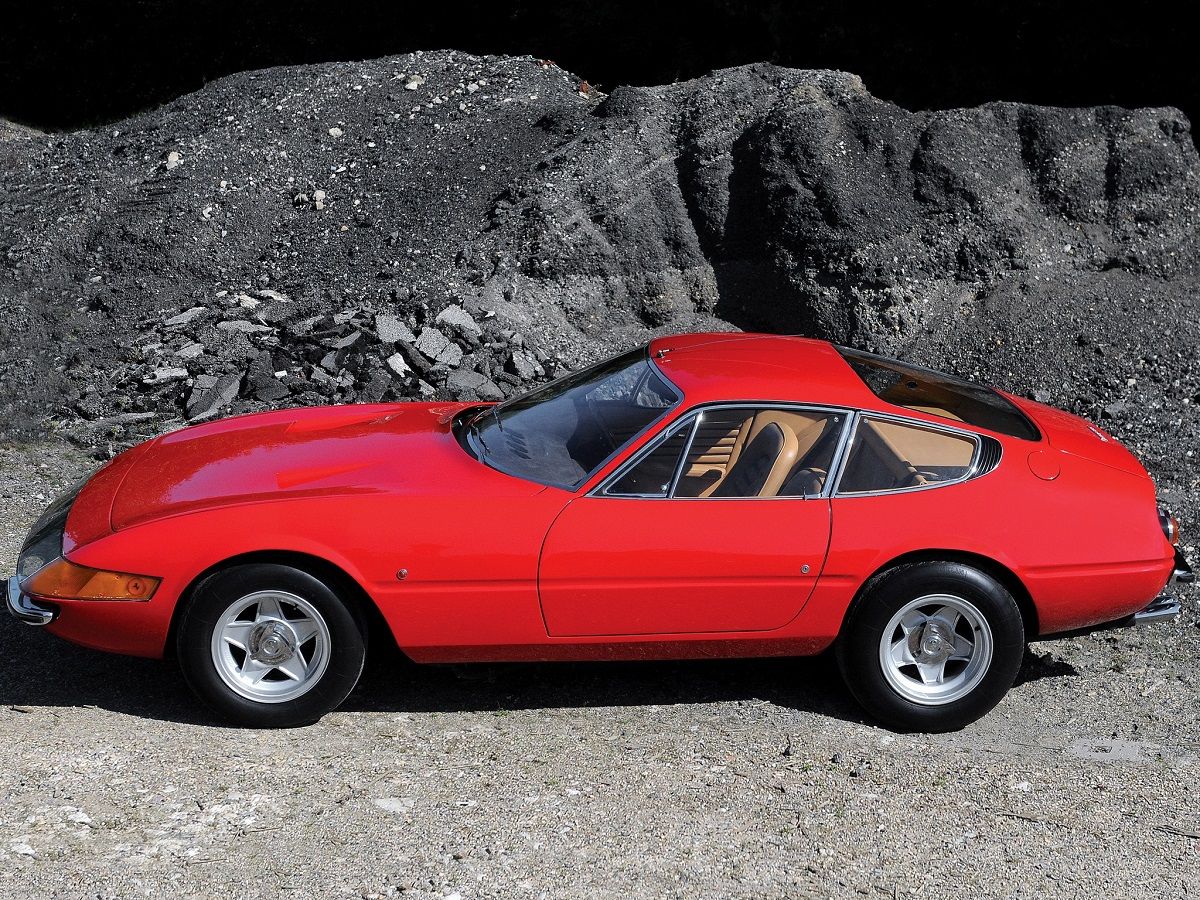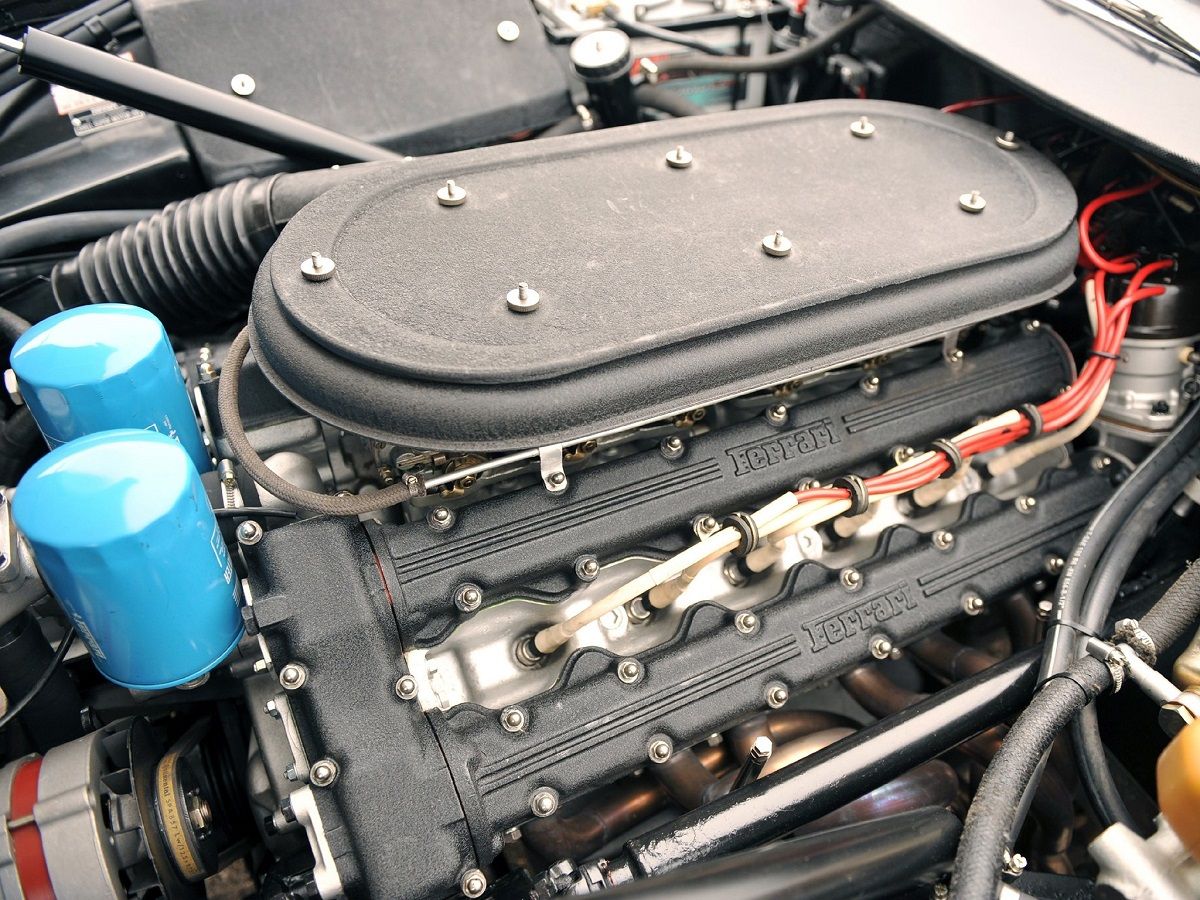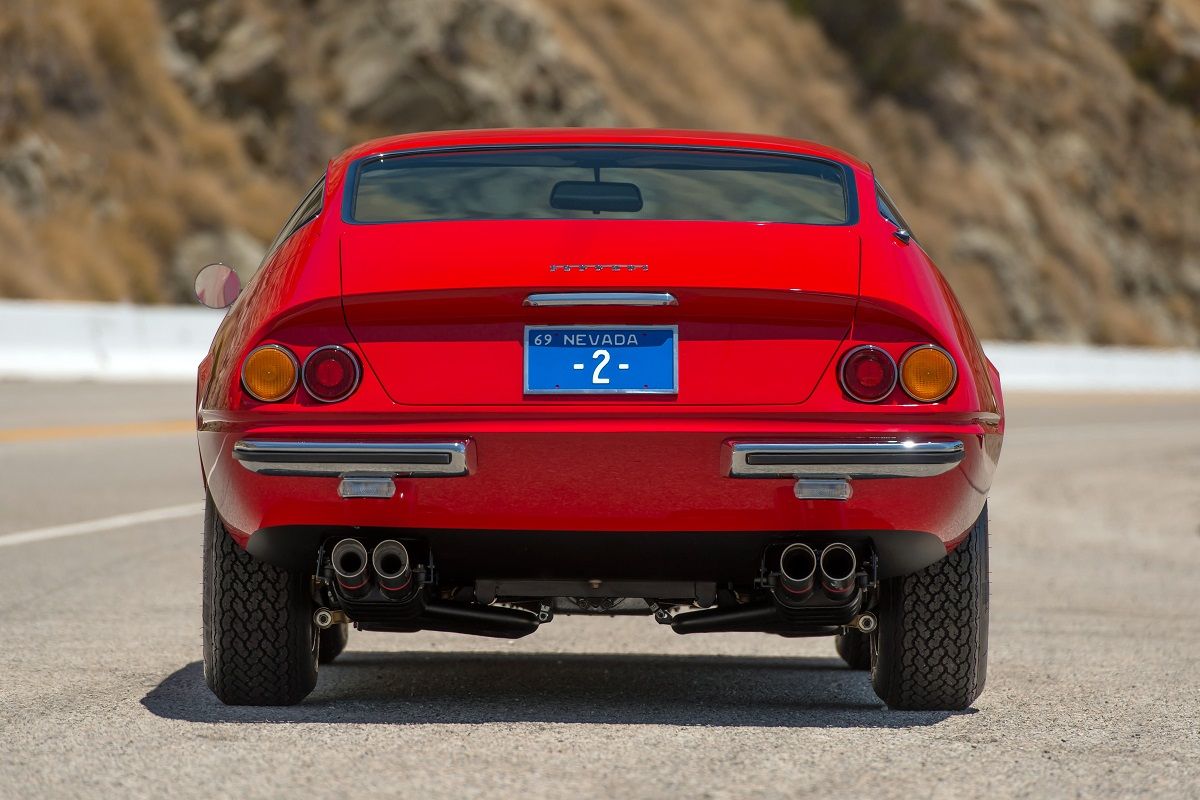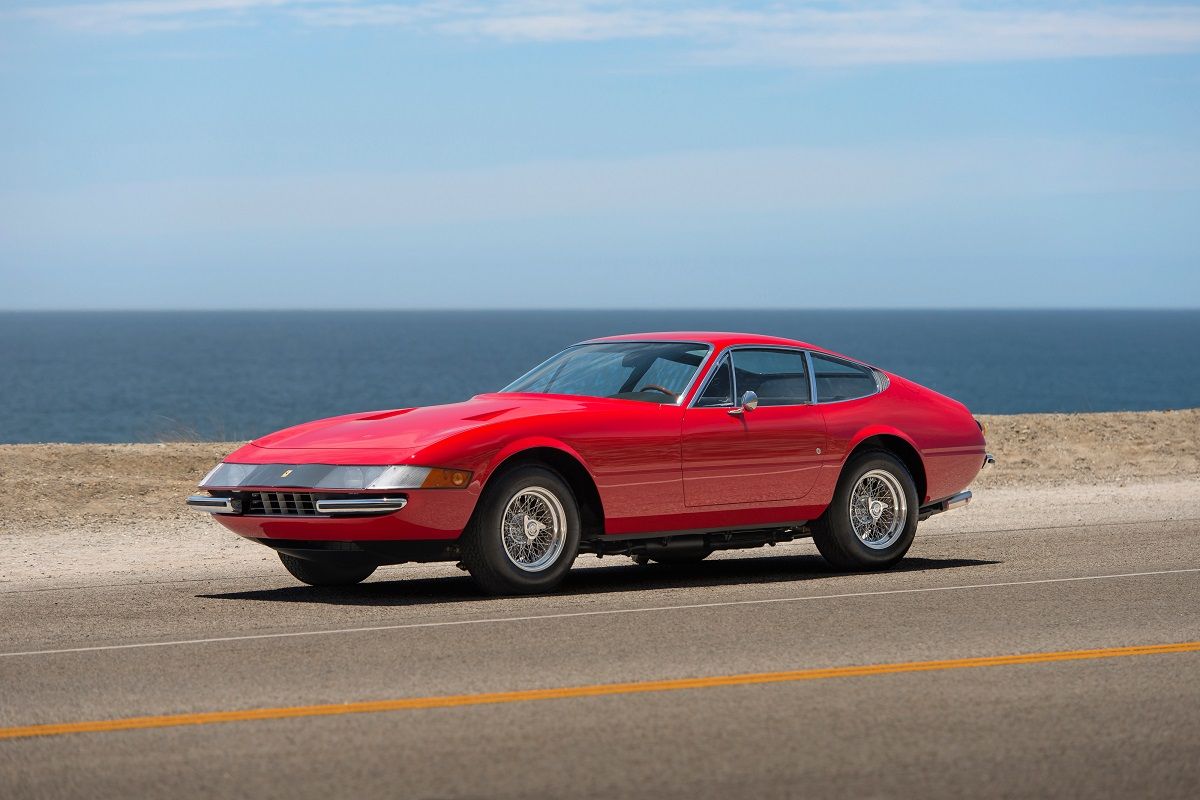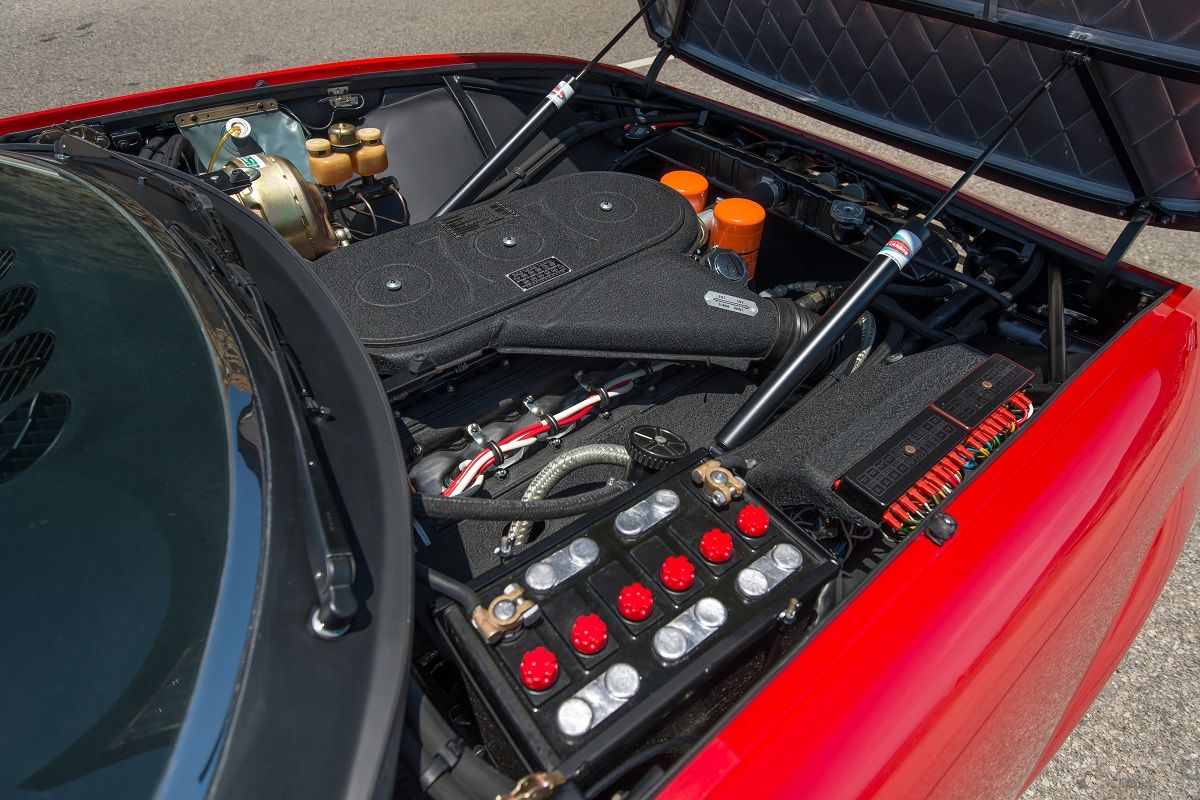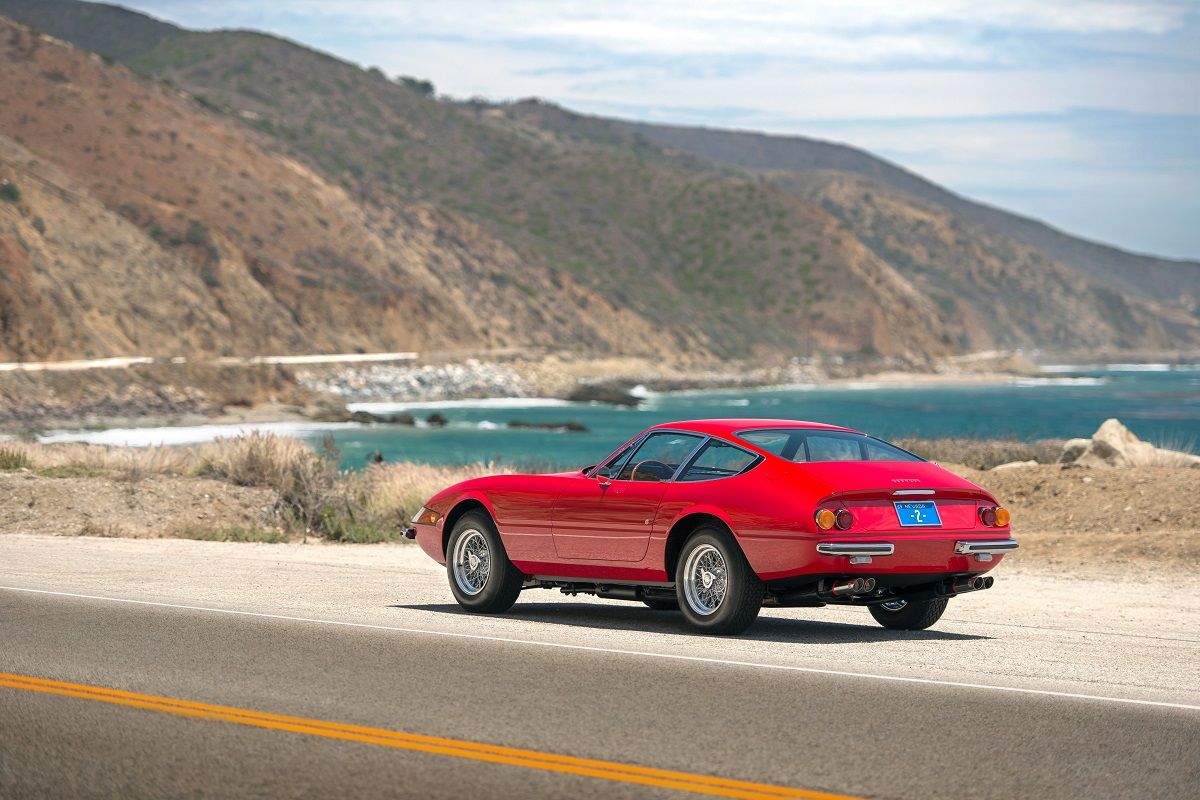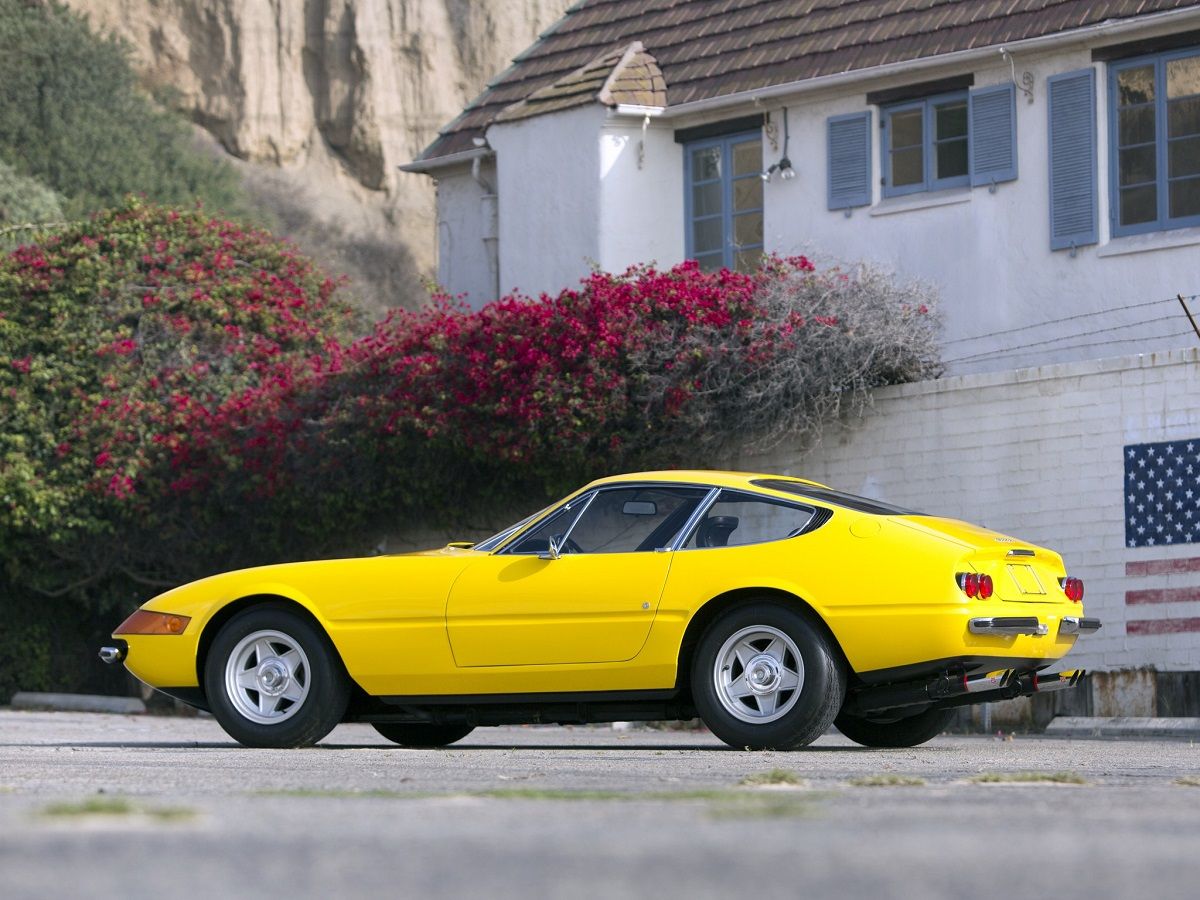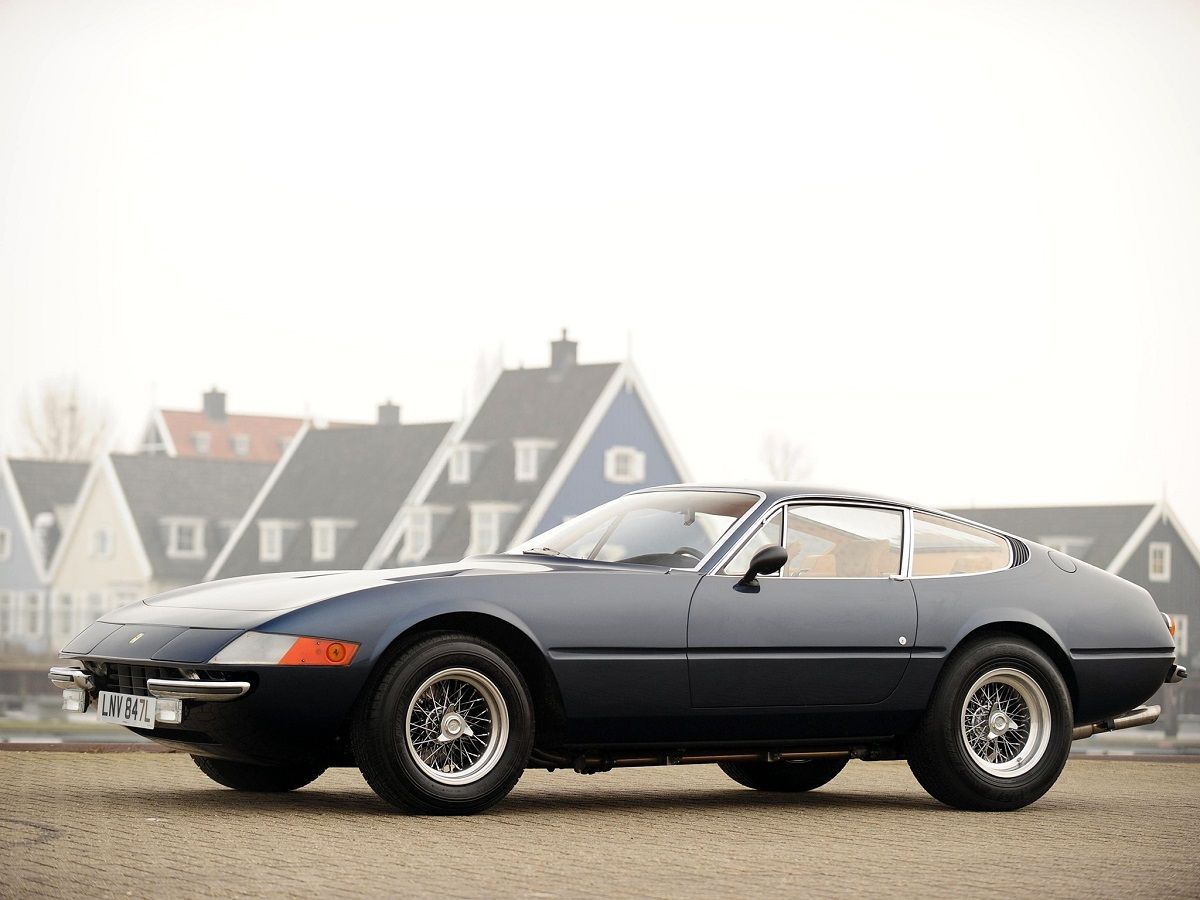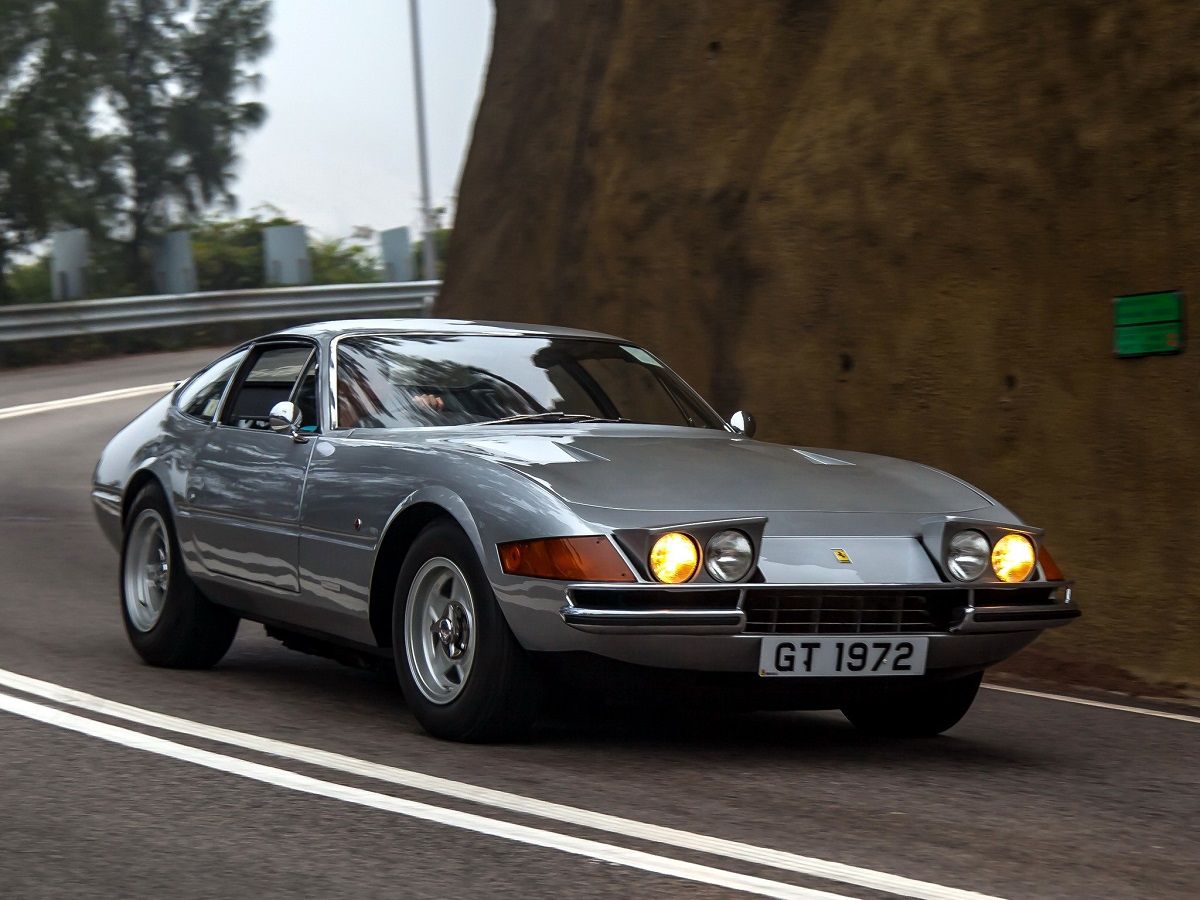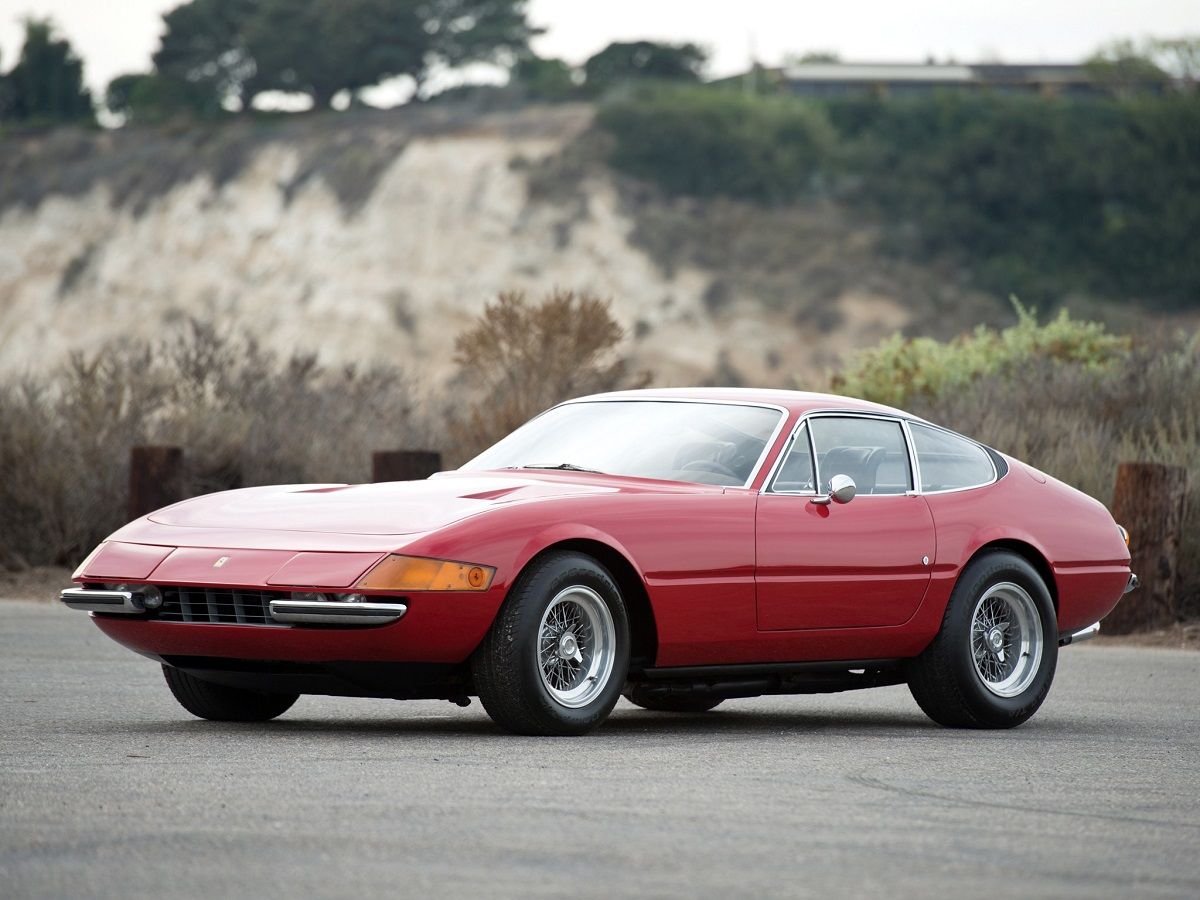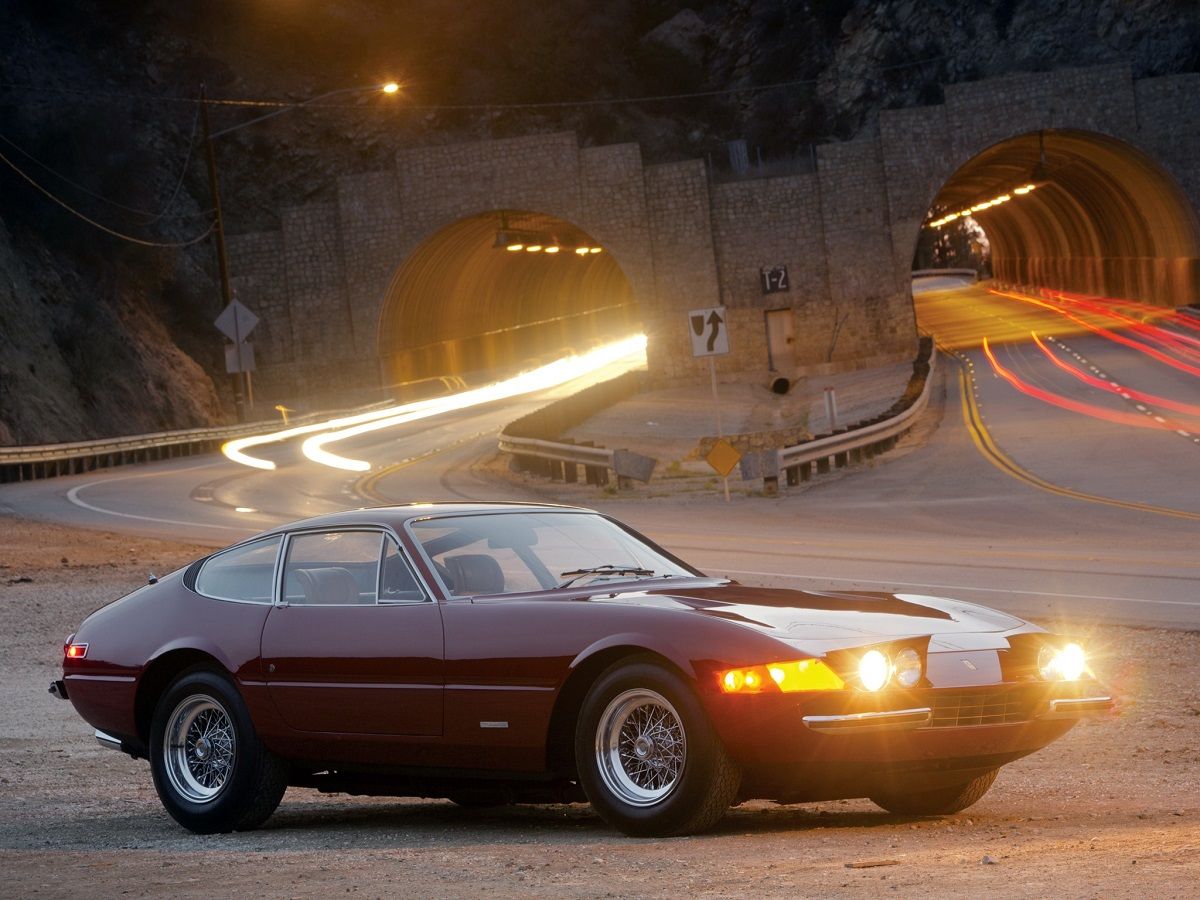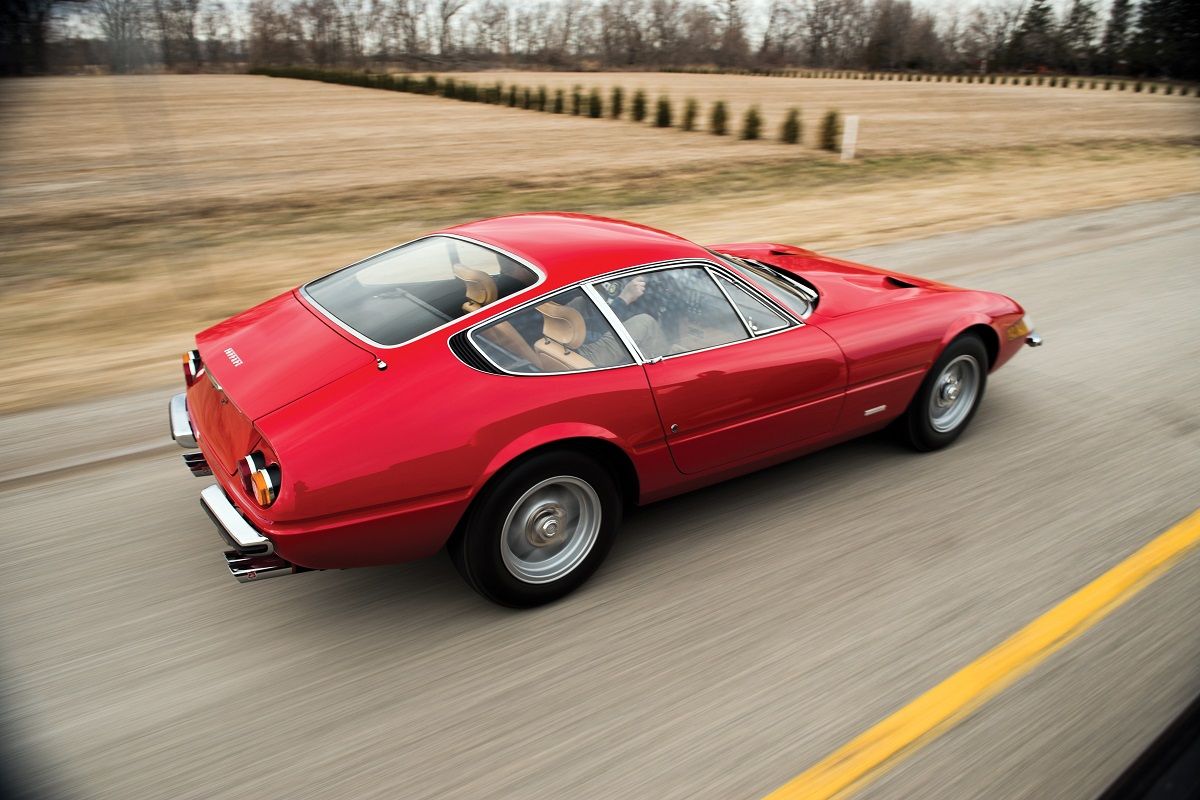The automobile industry in the second half of the 60s was largely influenced by mid-engines, mostly thanks to the Lamborghini’s 170-mph Miura, created in 1966. Conventional wisdom held that Ferrari would introduce a car with a mid-engine. But when did this brand hue to conventional wisdom?
The story begins when Leonardo Fioravanti from Pininfarina saw the naked 330 GTC and though it had a unique shape, dimensions, and aerodynamics. He then presented the idea to Sergio Pininfarina, who wanted to build a mid-engine car. Sergio immediately accepted it.
Pininfarina recalled that "The whole idea was really a search for this sense of lightness and rake, a slender look." Two prototypes were built in the late 67th, using 275 GTB/4 mechanicals and Fioravanti’s general lines. Pininfarina only changed the nose to get the contemporary look he envisioned. Here is the 1 classic sports car you need in your garage: Ferrari Daytona.
14 2-Door Fixed-Head Coupé With 2 Seats
Named after Ferrari's racing success at Daytona in 1967, it was a response to the Lamborghini Miura. Ferrari decided to stay away from a traditional front-engine layout. It created the 2-door fixed-head coupé that offered exceptional poise and performance. The Daytona was once one of the fastest production cars in the world.
13 4425 MM
The car had unique dimensions: 4425 mm length and 2400 mm wheelbase. The Daytona marked an important milestone: it was the last model made by Ferrari before Enzo sold his company to Fiat in June 1969. It was excited for American motor racing enthusiasts, who were being bombarded with McLaren victories, to see the Daytona.
12 1280 kg
The car weighed 1280 kg (2,822 lbs), and thanks to the excellent weight distribution provided by the rear gearbox transaxle, it had a rare balance that offered a unique driving feeling. The Daytona looked aggressive with its shark-like nose, a huge hood, and rectangular exhaust air slots. A pair of circular lights sat on the angled tail.
11 4.4-Liter Engine
When it came to performance, the Daytona wasn't easy to beat. The vast torque came from the 4.4-liter, 4390 cm3 engine that offered effortless 172 mph. The car is known for its balance and handling. Unlike other sports cars, the Daytona required the driver's involvement and it was a big part of its charm.
10 V12 At 60° Angle
The V12 engine with a 60° angle was taken from F1 cars. It had 2 valves per cylinder and a bore and a stroke of 77x53.5 mm. A new exhaust and different camshafts meant that the Daytona was almost as quick as its F1 counterparts. It did the 1/4 mile in 13.8 seconds.
9 Naturally Aspirated
The naturally aspirated gasoline engine could accelerate the Ferrari Daytona to 62 mph in just 6 seconds and onto the top speed of 172 mph. The USA production models were also fitted with multiple exhaust gas emission control systems, including the fast idle device and an exhaust manifold air injection system.
8 Huge Fuel Tank
The Ferrari Daytona could carry 26 gallons of gasoline. Ferrari says that "the engine drove through a flywheel-mounted clutch, via a shaft running at engine speed in a torque tube, to a five-speed transaxle, and then by drive shafts to the independently suspended rear wheels, with hydraulic shock absorbers to each wheel."
7 352 Hp And Plenty Of Revs
The Daytona could develop power figures of 350+ hp at 7500rpm. Apart from the standard production model, there were 3 series of competition examples and an earlier, one-off all-aluminum bodied version for Luigi Chinetti’s North American Racing Team that had aerodynamic fences on the front wings.
6 0-60 Mph In 5.9 Seconds
The car got the name Daytona after Ferrari’s fabulous one-two-three finish in the 1967 Daytona 24 Hours. It was unbelievably fast and could get from 0 to 60 mph in 5.9 seconds. It had everything to become a poster car: dazzling speed, monumental V12 power, and a very long hood.
5 Impressive Top Speed
The official maximum speed was 278 km/h, or 173 mph. Competition examples were even faster and proved to be successful in the GT category. At the Le Mans Race, the tuned Daytona filled the top 5 positions in its class. It had a top speed of 186 mph and hit 60 mph in 5.8 seconds.
4 Rear-Wheel Drive
The Ferrari Daytona was a rear-wheel drive car with the engine located at the front. England’s Motor magazine called it the anti-Miura production car, while Road & Track in its first road test concluded that "it might as well be said right now, the Ferrari 365 GTB/4 Daytona is the best sports car in the world".
3 5-Speed Manual
The 5-speed manual transmission was mounted in the rear of the car for the best weight distribution. The independent suspension got coil springs and wishbones. The American version featured unique modifications, including the large central silencer and a reworked exhaust system with altered primary pipes. The compression ratio was reduced to 8.8:1.
2 Double Overhead Camshaft (DOHC)
The 12-cylinder, double overhead camshaft powerplant had 2 valves per cylinder and 2 camshafts per bank: one for the exhaust valves and one for the intake valves. This design "permits a wider angle between intake and exhaust valves, which improves gas flow through the engine. The spark plug can be placed at the optimum location."
1 2 Valves Per Cylinder (24 Valves In Total)
The engine had 2 valves per cylinder. Thanks to the smart setup, the car promised to handle well for such a heavy vehicle. The cast alloy wheels were center-locked onto splined axles. Using the engine power to drift the tail was an act of willpower. That was the unique charm of the Daytona.

